Category
Blog
Date
June 22, 2024
Author
admin

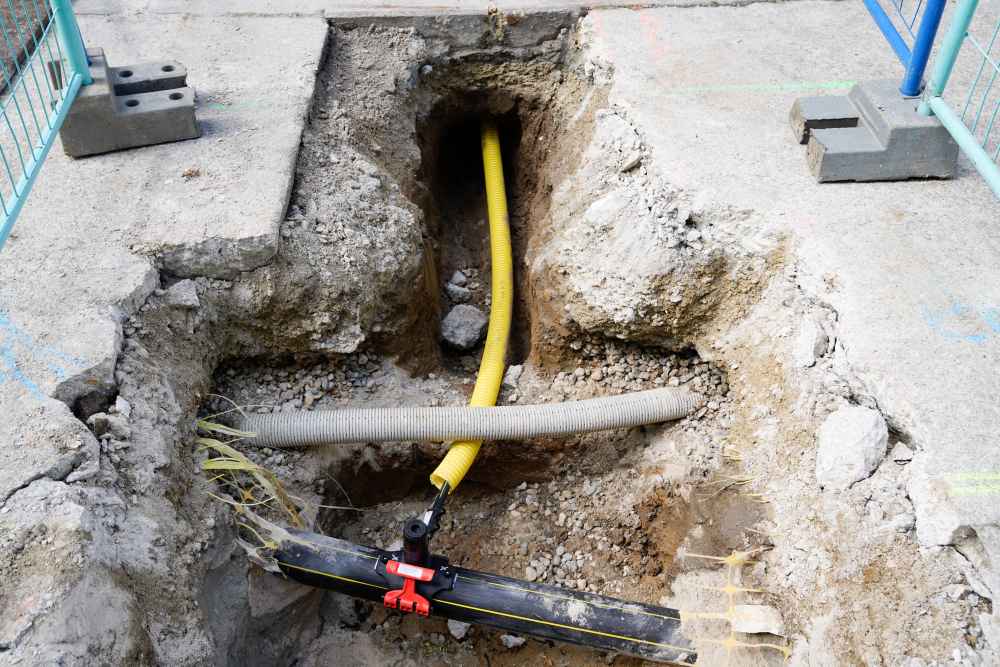
It’s simple to identify problems that need to be fixed when strolling about your property. On the other hand, it is simpler to concentrate on fixing evident problems rather than problems that are hidden in your house. Homeowners may frequently experience disruptions due to damaged drain pipes, which are infamously hard to identify.
Before the 1970s, when homeowners needed to replace damaged drain pipes, they had to deal with dust and nonstop drilling while the lines were dug up. We are grateful for the sophisticated techniques of inexpensive drain relining and the construction of a new pipe inside the old one, which resulted in less mess and quicker repairs.
Drain relining is a trenchless method for repairing damaged underground pipes. A new lining is put into the current pipe and cured in place, thereby generating a brand-new pipe inside the old one, as opposed to excavating everything.
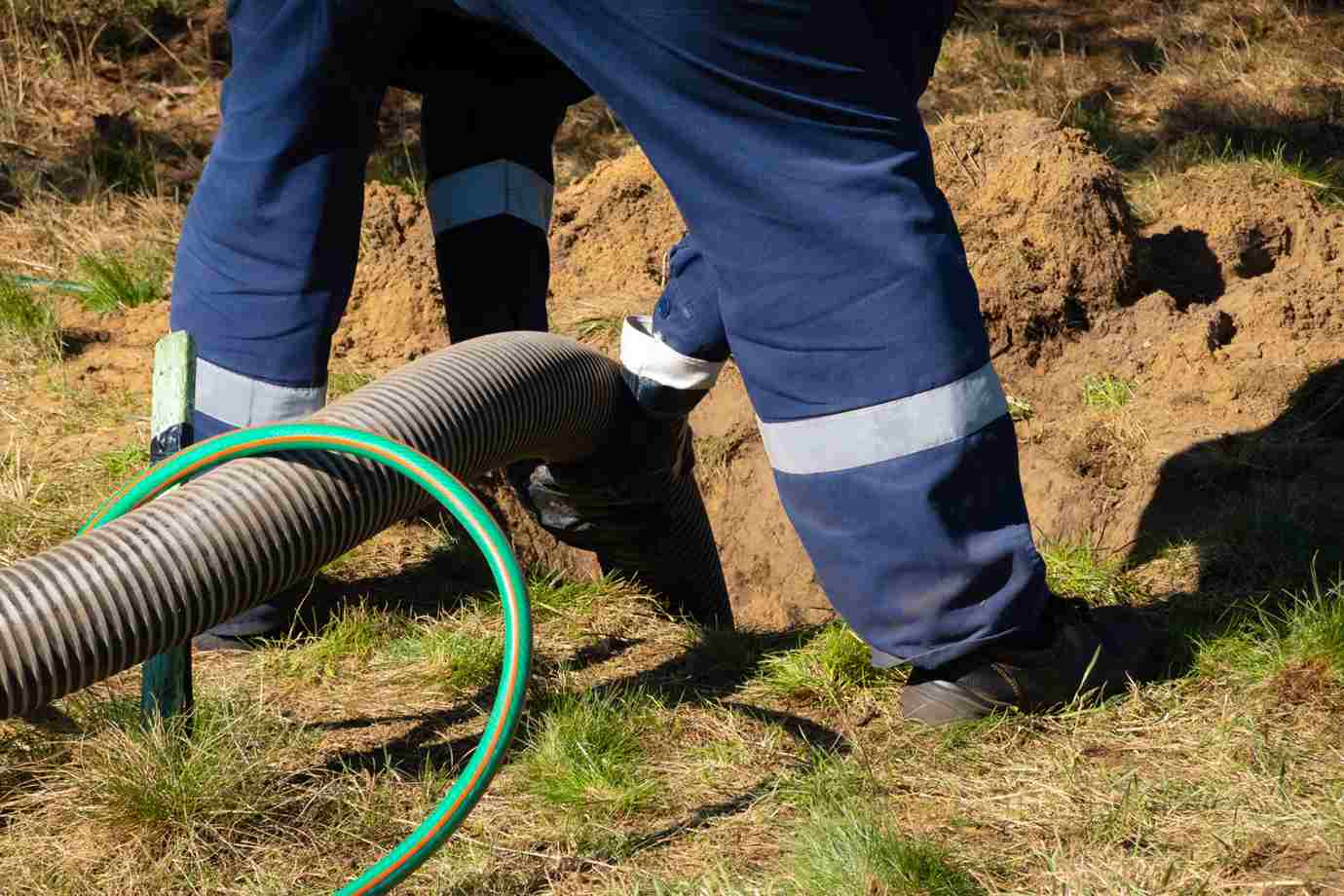
It’s nearly impossible to determine whether your drain pipes need to be relined without the assistance of a professional. Nonetheless, if you want to watch out for warning signs of damaged drains, there are a few that you may watch out for.
Suppose your drains become clogged frequently or repeatedly. In that case, it may be a sign of underlying problems, including corrosion, fractures, or root infiltration. Relining the drain may be necessary to address the underlying source of these issues.
Odours emanating from your house or drains that smell foul or like sewage are a dead giveaway that you have a drainage issue. Leaks, cracked pipes, or damaged seals could be the cause; relining could be necessary to seal and preserve the integrity of the pipes.
Anywhere on your property, including your yard, may have water puddles that indicate leaks or fractures in your drainage system. Relining can fix these leaks and stop potential foundation problems and water damage, but it can be an expensive process.
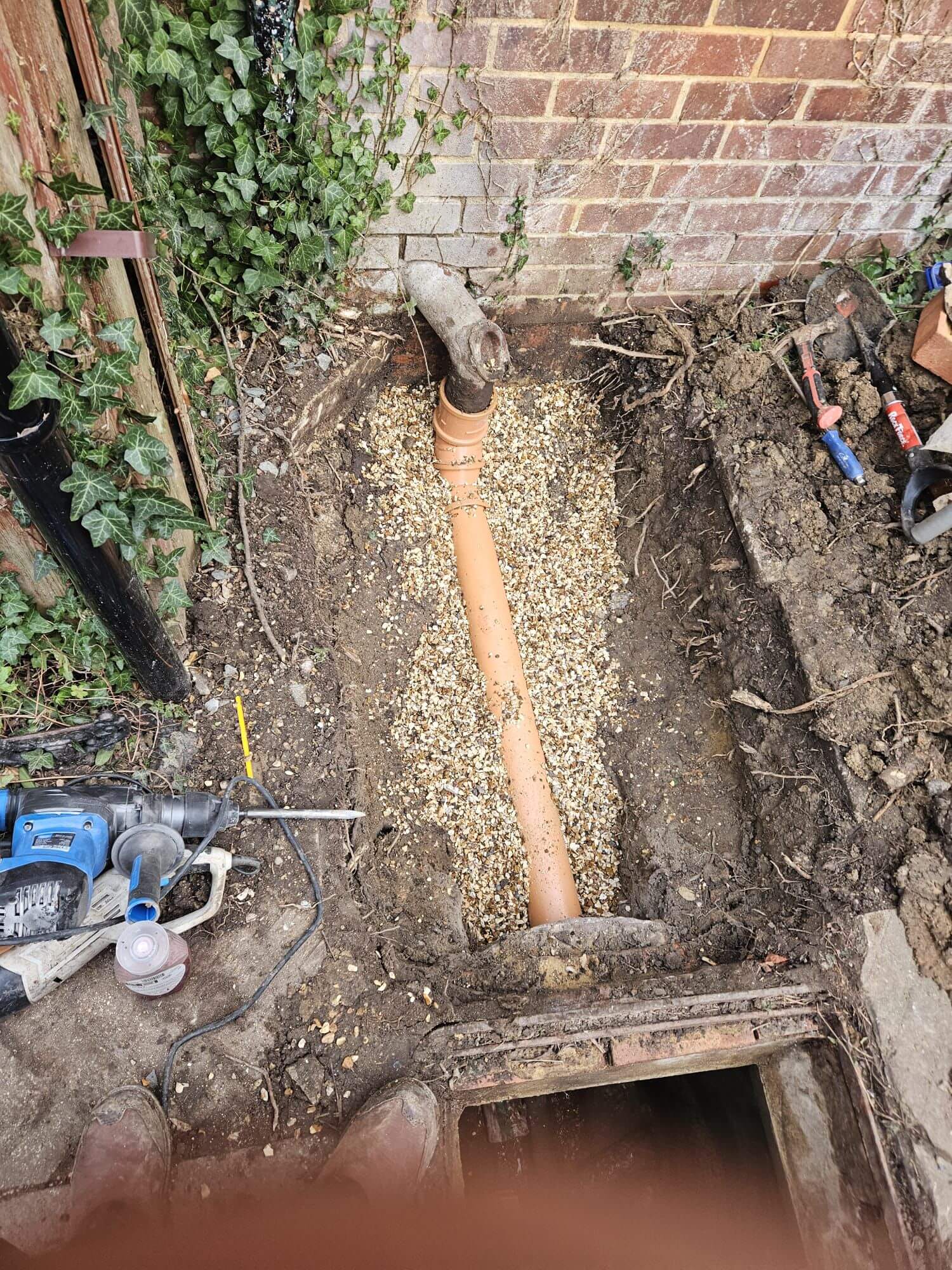
Using drain lining as your main technique for patching leaks or cracks has many benefits, not to mention that it’s an excellent, non-invasive way to fix your broken pipes. Listed below are some of its benefits:
It’s a reasonably priced way to repair broken pipes. Conventional pipe replacement is more costly and disruptive since it requires a large amount of excavation and work.
When fixing leaking or fractured pipes, drain lining reduces or eliminates the need for excavation, saving money.
Drain lining increases the longevity of sewer and drainage systems by strengthening the structural integrity of the existing pipes.
It lessens the need for repairs and replacements by stopping more damage, leaks, and cracks. Because of its low-friction surface design, it also aids in improving water flow.
Drain lining can be finished really rapidly compared to standard pipe replacement, reducing the amount of downtime for drainage and sewer systems.
For instance, bigger repairs that formerly required weeks to finish can now be finished in a few days. Similar methods apply to smaller jobs that can be completed in a few hours. This is very useful in emergencies, such as burst sewer systems.
Drains can be lined with a variety of pipe materials, such as clay, concrete, PVC, and others. Because they can accommodate big culverts, small-diameter pipes, and even pipes with irregular shapes, they are also flexible and adaptable to different pipe sizes and shapes.
Tree roots have a nasty habit of destroying pipes, which makes the water flow slowly or, in the worst situations, can collapse the drains.
In fact, drain relining offers a long-term solution to tree incursion by forming a smooth, waterproof barrier that stops tree roots from entering pipes.
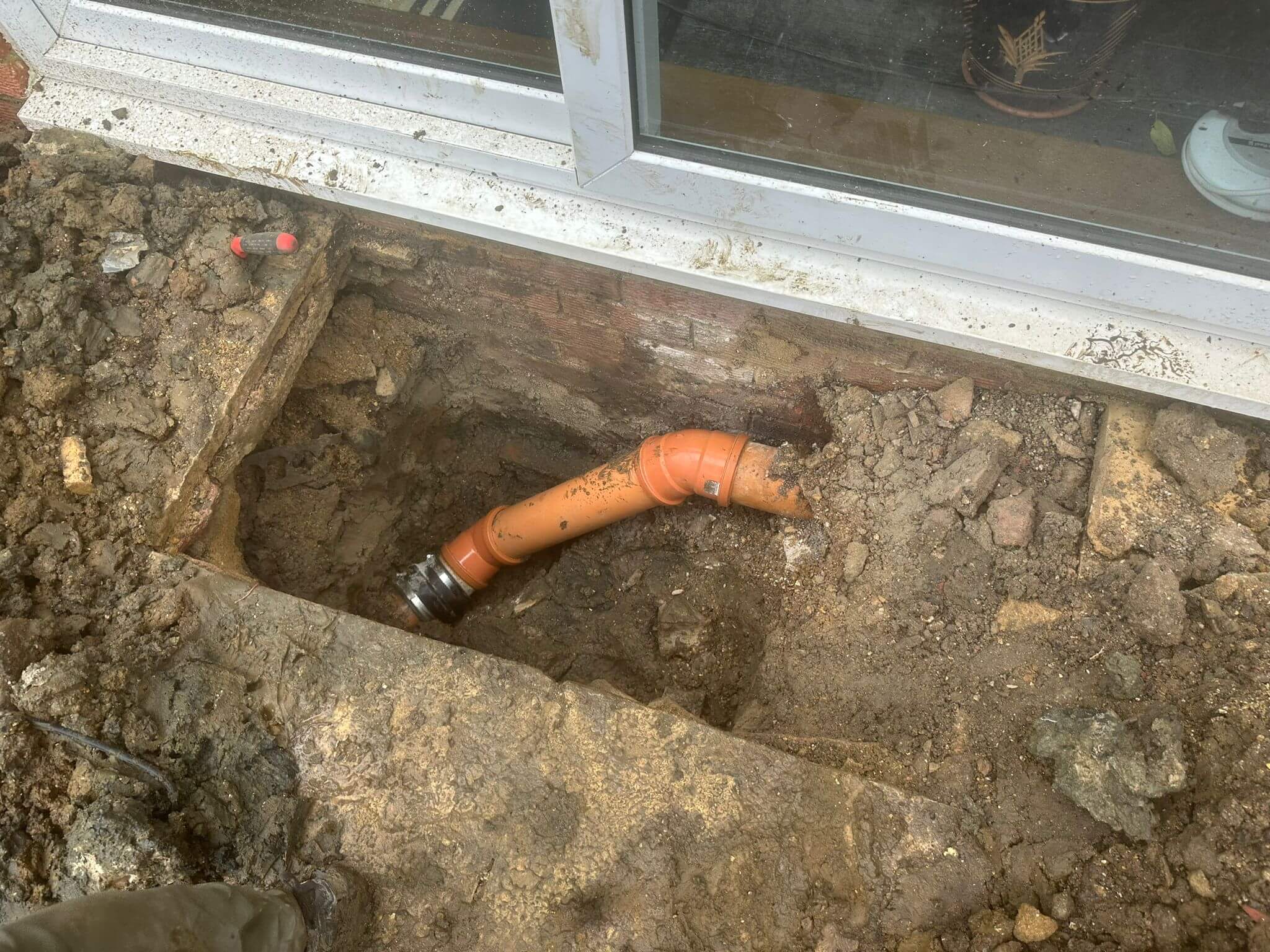
The length and diameter of the pipe will determine the overall cost of drain lining per metre in the UK. A 100mm pipe typically costs between £60 and £100 per square metre. Or, for a 150mm pipe, £95–£120 per square metre.
Ultimately, drain relining signifies a modern approach that solves the time-old issue of damaged sewer pipes by using a low-cost, robust, and non-destructive repair option.
The waterlogging problems can be mitigated, and the integrity of the drainage systems can be preserved by addressing issues such as regular blockages, odours, and water collection.
This option will not only save time but money as well in the long run.

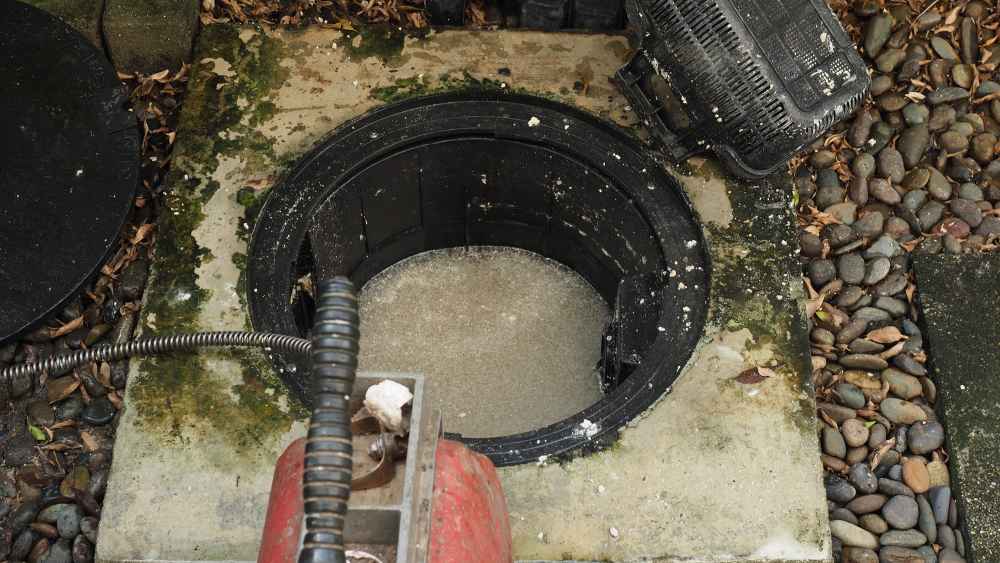
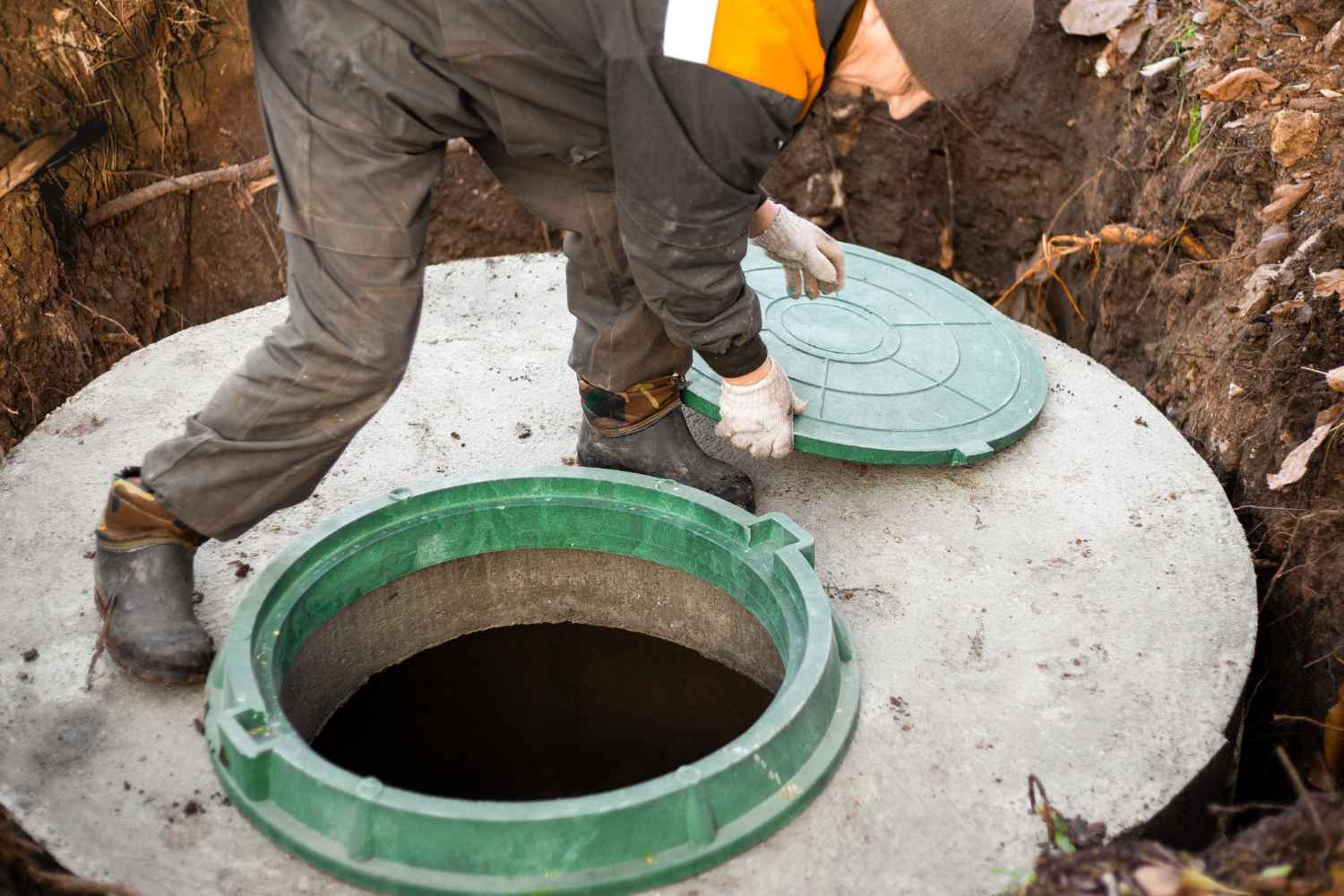
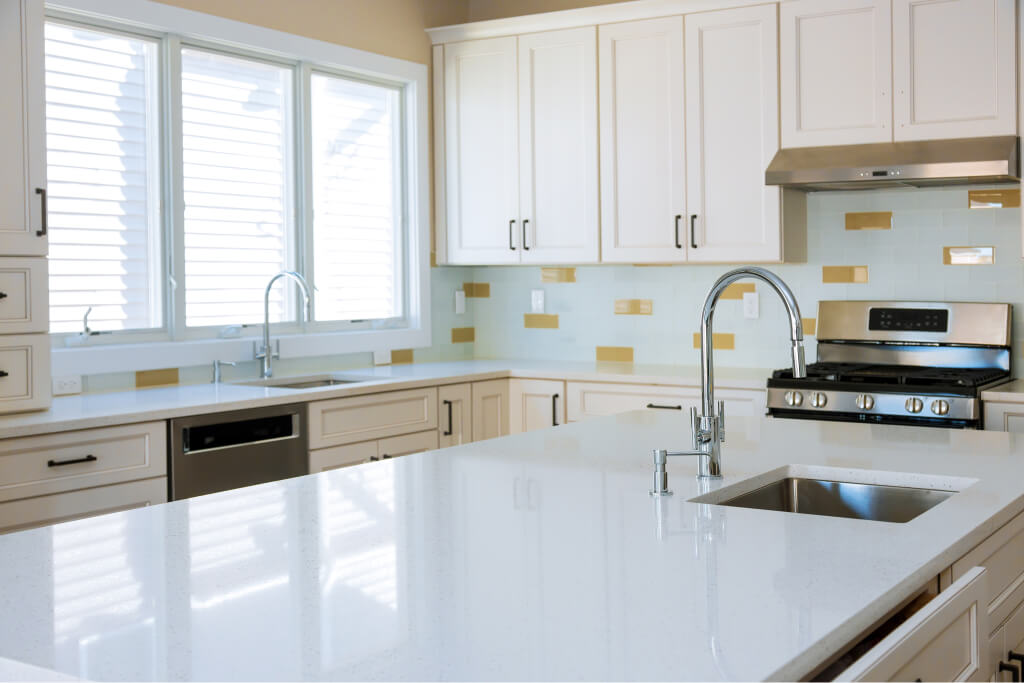
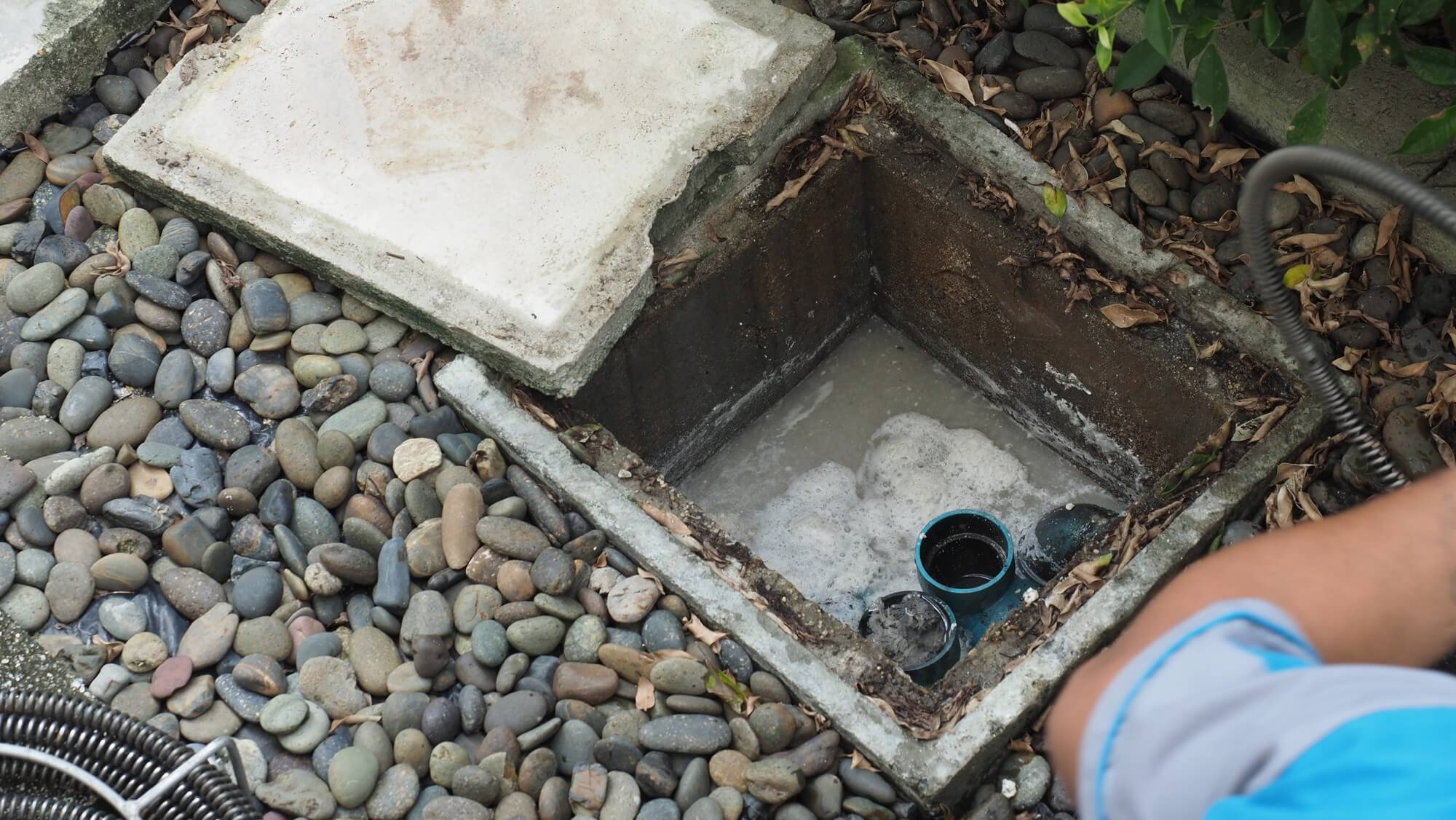


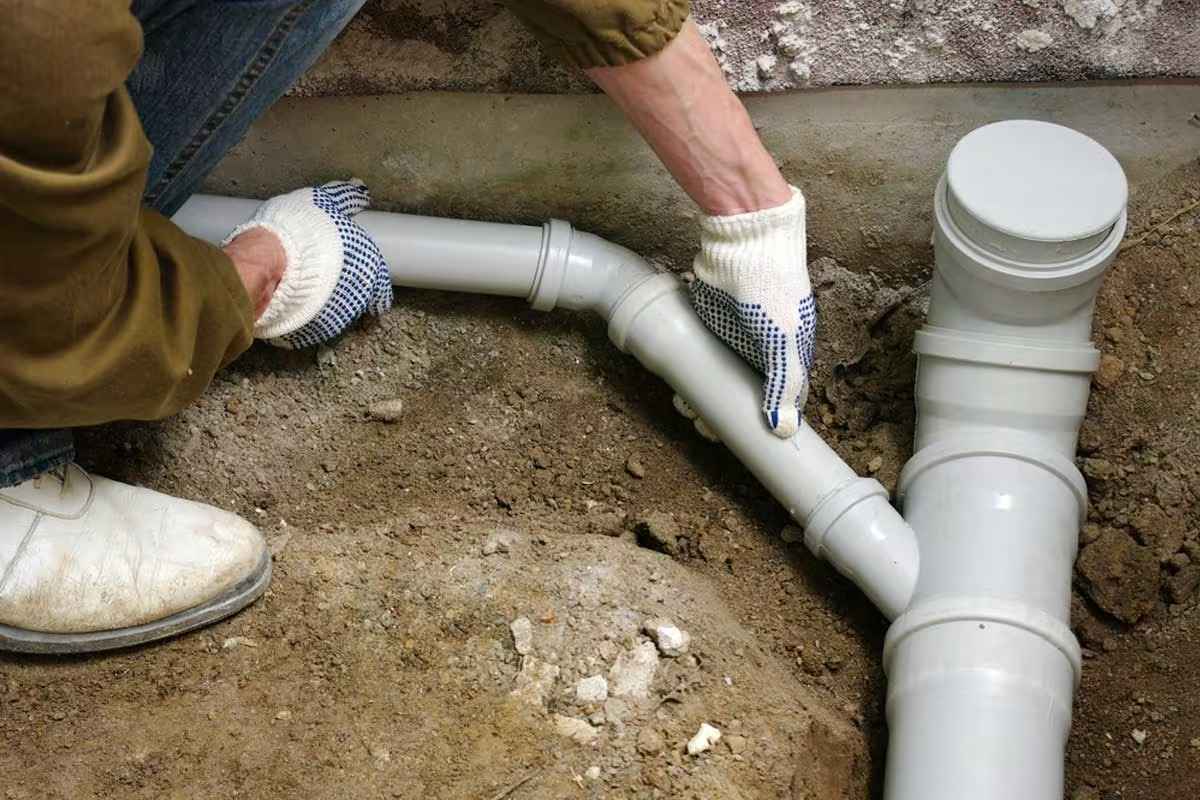
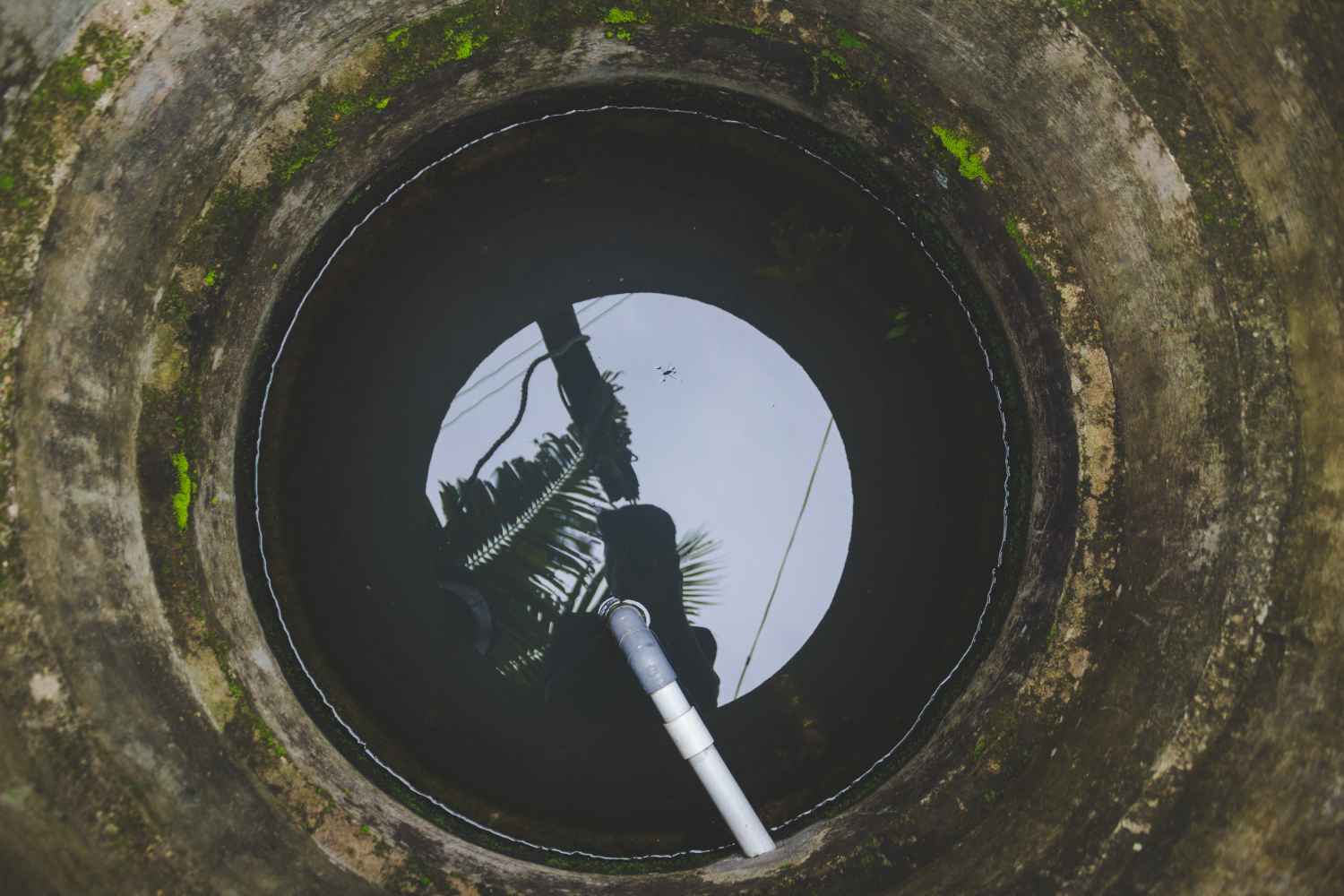
Areas we cover
Basingstoke | Southampton | Guildford | Bournemouth | Poole | Portsmouth | Crawley | Dorchester | Peterborough | Newbury | Christchurch | Gillingham | Swindon | Winchester | Reading | Oxford | Slough | Abbotswood | Sterte | Ascot | Stoughton | Broadstone.